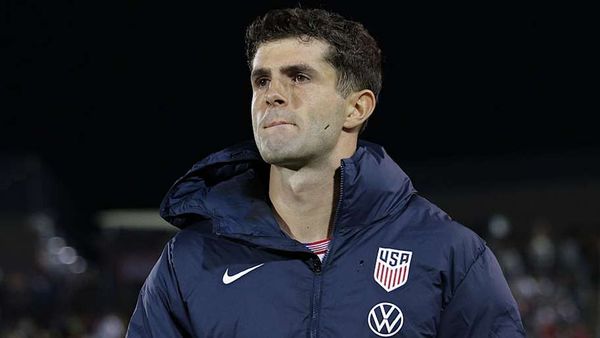
This story begins with a boy lying dazed and confused on a rugby pitch in Sussex last month. There are concussion symptoms that linger, days off school, and a stark revelation from a rugby-loving parent who provides first aid to the team. “It is not until you have cradled the head of someone else’s son, who is then unable to stand unassisted, that it really hits home how dangerous this game can be.”
Those dangers have now led to some researchers to call for rugby in schools and clubs to be banned for under-18s as it is “a form of child abuse”. Their argument, published in the Times on Friday, is that the risk of brain injuries from high-impact sports – including rugby and boxing – runs counter to child abuse laws. And neither children, nor their parents, can give informed consent as they cannot be fully aware of the long-term risks.
Once again rugby finds itself walking a tightrope: pushing the sport’s physical and mental health qualities, while facing pointed questions about safety.
Does it always get the balance right? That is what some of those parents in Sussex are now asking, especially after a second player left the same match with a suspected concussion. Was this awful luck? Absolutely. But on the touchline, others flagged another concern.
When rugby union in England returned after Covid, the Rugby Football Union extended the chance to combine age grades – in this case to under-14s playing in under-13s fixtures – to “sustain teams with lower player numbers who would otherwise not continue to play rugby”. In this match their opponents had several boys from the next age grade up.
The RFU’s decision was understandable. Player numbers in grassroots rugby have dropped. Clubs were struggling to re-establish teams. As the RFU says, the sport has huge benefits, including boosting “confidence, self-esteem, self-discipline and character”. It sounds like something from a 1920s boarding school prospectus, but it is also true.
The downside, of course, is that 12-year-old boys, many of whom have yet to hit puberty, are facing 14-year-olds, whose bodies are swimming in testosterone and other androgens which makes them taller, stronger, heavier and faster – and more dangerous. As one sports scientist told me: “We know that risk factors for injury are speed, power, strength, bulk and momentum in the tackle, so there is a fairly strong basis to say that widening the age bracket could increase risk. That doesn’t mean you don’t do it. But you have to monitor the risk and try to understand it not just quantitatively but qualitatively.”
Such a data-driven approach wasn’t in place when the RFU took its decision over combining age groups in 2020. Until this season, youth club rugby was not included in the RFU’s injury surveillance programmes, which focused on adults and some schools.
That, thankfully, is shifting. However, there is still no accurate picture of what happens when the under-13s and under-14s play together. Have injury rates gone up? Without a baseline we don’t know. When I put this to the RFU, it said there was “a robust assessment and approval process in place in our regulations to ensure a balance between player safety and retention”. Those rules include ensuring not more than half the players are from the older age grade. It also stresses that coaches must prioritise player safety and enjoyment, and work together to reduce mismatches.
But is that really enough to address parental concerns? Most 14-year-olds won’t be thinking about anything but running through defenders, regardless of whether they are younger. One idea would be to embrace the work of Dr Sean Cumming, who has argued for bio-banding in junior sport, where players are matched by maturation not their actual age. Other unions, including New Zealand, band players by weight.
None of that, of course, will make the safety issue entirely go away. Only last week, I was sent an open letter from Ceri Shaw whose husband, Chris, died last year. Chris was a keen rugby player for more than 30 years and after he died, Ceri donated his brain to Prof Willie Stewart at the University of Glasgow, who found signs of CTE – a degenerative brain condition linked to head injuries.
Given that rugby players with longer careers are more likely to develop the condition, Ceri asks why contact rugby is introduced at under-nine level in England and not, say, at 16. “During his life Chris was passionate about all aspects of rugby: the game’s ethos, the inclusive community and the conduct of fans globally,” she writes. “I would still like both my boys to play and enjoy rugby. There is research still to be done, but why risk the brain health of our children while we are waiting?”
Those in rugby tell me that teaching safe tackling technique at nine is safer than at 15 or 16, when kids will be much faster and more powerful. They also point out that World Rugby’s recent Otago study found under-13 rugby to be less dangerous than higher age groups and the adult game. But tell that to the parents of those poor boys in Sussex who sustained suspected concussions.
Even so, I still recoil at the idea of banning rugby for under-18s. The benefits of the sport still outweigh the potential costs, especially given the obesity and inactivity epidemic, which carries a different set of health risks. Ban rugby and where do we stop? Yet with every passing year, what we know about the dangers of head impacts continues to evolve. I strongly suspect rugby will have to as well.







